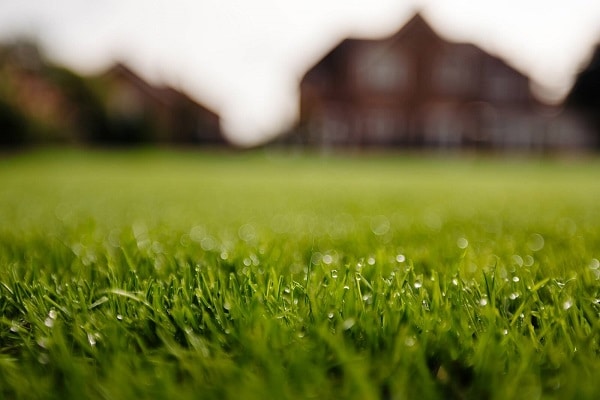Home / Information & advice / Turf & Lawns / Lawn aftercare / Changes in your turf after laying
What should you do if:
If this happens, your turf may be adapting to the type of care you are giving it.
The performance of newly installed turf is dependent on:

The density of your turf responds to the conditions under which it grows and the care you give it. If your turf is grown in less than full sunlight or you give it less care than Rolawn did, it will lose its density and colour. Turf density is greatest when it is grown in full sun. Growing it next to buildings, tall hedges or under trees will cause the turf to become thinner. If you look around your neighbourhood you will also notice that lawns which receive low amounts of fertiliser are thinner. Lawns that are mown at heights greater than 50mm will also be thinner.
A common cause of a deterioration in newly-laid turf is ground compaction. This is when soil preparation creates to firm a surface which turf roots struggle to penetrate, leading to poor growth and decline in appearance. See our article Soil compaction & aeration.
Loss of turf colour is generally caused by decreasing amounts of available nitrogen.
In most cases, your turf will need to be fertilised and mown more often.
Your turf is a living material and it will respond to the care you give it. Your Rolawn turf was delivered to you in excellent condition, and with the proper care it will remain that way.